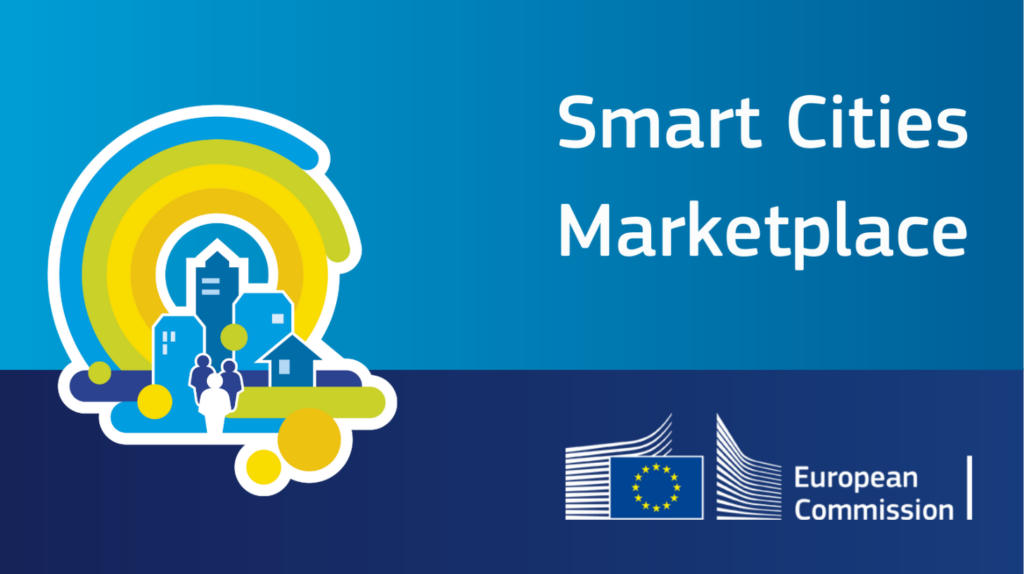The Green Cities consortium developed the blog post “Smart Environment Technology: Innovations for Sustainable Living” under the EU-Funded Project Youth Participation for Developing Sustainable Green Cities (reference number: 2022-1-DE04-KA220-YOU-000085135). L4Y Learning for Youth GmbH is leading the project alongside partners Citizens in Power, Toplum Gönüllüleri Vakfı, Kean, Walktogether, and Kaán Károly Környezetvédelmi Egyesület.
This blogpost is based on the training content developed for the Green Cities project. For more content like this, click here. If you would like learn more about the topic, we suggest enrolling in our free online training course. In the platform, you will also find the full list of references and extra suggested reading material.
To keep up to date with the project news, follow our YouTube Channel, as well as the project’s social media pages X and Instagram. Additonally, you can also join our Discord community.
Introduction
Smart environment technology is revolutionizing green cities by integrating advanced technologies, sustainable practices, and environmental management strategies. These technologies create urban spaces that are resource-efficient, resilient, and conducive to quality living. Consequently, understanding smart environments in the context of green cities is crucial. This is important for promoting sustainability and enhancing the well-being of urban inhabitants. Therefore, we must delve deeper into the core concepts and features of these technologies.
Core Concepts of Smart Environment Technology
Smart environments use cutting-edge technologies like IoT, sensors, and data analytics to monitor and manage environmental parameters in real-time. This integration allows for efficient resource utilization and data-driven decision-making. Moreover, sustainability is at the heart of smart environments. These principles prioritize conserving natural resources, reducing carbon emissions, and promoting eco-friendly practices such as renewable energy adoption and green infrastructure development. Additionally, smart environments are designed to be resilient and adaptable to changing conditions, including climate change and natural disasters. Features like green building designs and flood mitigation measures enhance this resilience. Engaging citizens is fundamental to smart environments. This involvement fosters collaboration between communities, local governments, and stakeholders, thereby ensuring social equity and cohesion.
Key Features of Smart Environment Technology
Smart environments use sensor networks and data analytics to monitor air quality, water resources, energy consumption, and waste management. This enables proactive management and optimization of resource usage. In addition, green cities integrate elements like green roofs, permeable pavements, and urban green spaces. These features enhance biodiversity, mitigate heat island effects, and improve stormwater management. Furthermore, sustainable transportation solutions such as public transit networks, cycling infrastructure, and electric vehicle charging stations are crucial. These systems reduce traffic congestion, air pollution, and carbon emissions. Thus, they are vital for the efficient functioning of urban areas. Finally, smart environments prioritize renewable energy sources like solar, wind, and hydroelectric power. These technologies reduce reliance on fossil fuels and help achieve carbon neutrality goals.
Evolutionary Stages of Smart Environment Technology
Initially, cities recognize the importance of sustainability and integrate green principles into urban planning. Awareness of environmental issues drives these early efforts. Next, cities test innovative solutions through pilot projects, deploying sensor networks and energy-efficient infrastructure. These projects identify successful strategies for broader implementation. Then, cities integrate smart solutions into mainstream development and scale up successful initiatives. This involves embedding smart technologies into existing infrastructure and fostering public-private collaboration. Finally, cities focus on optimizing and continuously improving smart environment systems. Feedback mechanisms and predictive analytics fine-tune strategies for greater efficiency and resilience. Consequently, these evolutionary stages reflect the iterative nature of smart environment technology development.
Objectives and Motivations for Smart Environment Technology
The primary objective is to promote sustainability by reducing carbon emissions and conserving resources. Smart technologies like energy-efficient infrastructure and green transportation help achieve this. Moreover, smart environment initiatives address climate change by mitigating greenhouse gas emissions and enhancing resilience to climate-related hazards through adaptive infrastructure design. Enhancing residents’ quality of life is a key motivation. Smart technologies improve access to services, enhance mobility options, and create safer, healthier environments. These initiatives attract investment, foster innovation, and create job opportunities, driving economic growth and stimulating entrepreneurship in sectors like clean energy and digital innovation. Additionally, engaging citizens in decision-making processes is fundamental. Technology-enabled platforms for feedback and participatory planning empower communities to actively participate in urban sustainability.
Showcase of Global Examples
- Copenhagen, Denmark: Aiming to be carbon-neutral by 2025, Copenhagen adopts renewable energy, energy-efficient buildings, and sustainable transportation like cycling infrastructure and electric buses.
- Singapore: The Smart Nation initiative uses smart sensors and data analytics to optimize energy and water usage, monitor air quality, and manage waste, making it a leader in sustainability.
- Curitiba, Brazil: Known for its innovative urban planning, Curitiba integrates green spaces, public transportation systems, and waste recycling programs for sustainable development.
- Vancouver, Canada: Vancouver promotes green building practices and sustainable infrastructure, including energy-efficient buildings, green roofs, and renewable energy systems.
- Amsterdam, Netherlands: Embracing a circular economy and smart mobility, Amsterdam implements solutions like electric vehicle charging stations and shared mobility services to promote sustainability.
Conclusion
In conclusion, smart environment technology is transforming green cities into sustainable, efficient, and resilient urban spaces. By integrating advanced technologies and sustainable practices, smart environments enhance the quality of life, promote environmental sustainability, and drive economic growth. Therefore, as cities continue to evolve, smart environment technology will play an increasingly vital role in shaping the future of urban development. Ultimately, these technologies offer innovative solutions to age-old urban problems, making cities smarter, more efficient, and better places to live.













